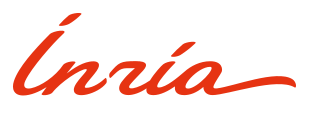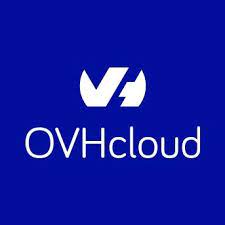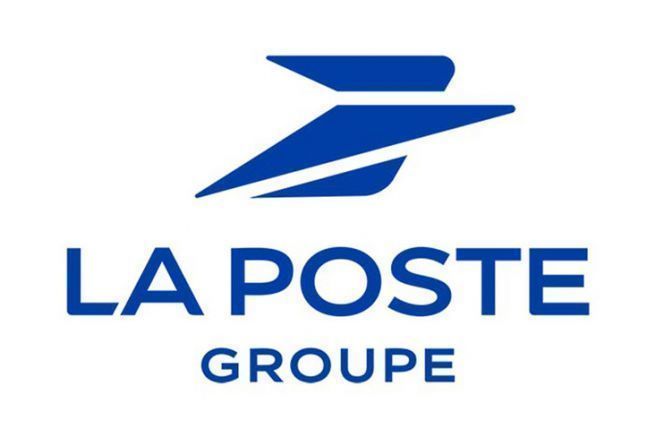
PowerMeter as a Software
You do not need any additional physical power-meter or hardware to estimate power consumption of your applications. The PowerAPI toolkit allows you to deploy software-defined power-meters to report power consumption at different granularity levels: global, virtual machine, container, application, processus, code.
Extensible
The actor-based architecture of the PowerAPI toolkit enables you to create customized power-meters by adding new plugins for storing metrics and estimations, as well as for computing the latter ones.
Open Source
PowerAPI toolkit is Open Source with a BSD 3-Clause License. Therefore, you can easily contribute to improve the toolkit.
Sponsors
Mailing list
You can follow the latest news and asks questions by subscribing to our mailing list.



